Research progress on metallurgical treatment of waste nickel-cadmium
batteries II
China Battery Network Z Xue [11] burned the pulverized raw materials at a
temperature of 600-700 ° C to oxidize the metals and burn off the organic
matter. The burned powder is leached with H2SO4, and the leaching solution is
added with MnO2 and adjusted to a pH value of 4-6 to precipitate iron ions.
After the solution is filtered, add ZXue[11] to burn the pulverized raw
materials at a temperature of 600-700°C to oxidize the metals and burn off the
organic matter. The burned powder is leached with H2SO4, and the leaching
solution is added with MnO2 and adjusted to a pH value of 4-6 to precipitate
iron ions. After the solution was filtered, add
Z Xue [11] etc. burned the pulverized raw materials at a temperature of
600-700 ° C to oxidize the metals and burn off the organic matter. The burned
powder is leached with H2SO4, and the leaching solution is added with MnO2 and
adjusted to a pH value of 4-6 to precipitate iron ions. After the solution is
filtered, add (NH4)2SO4 to precipitate nickel ions in the form of (NH4)2
Ni(SO4)2 H2O crystals, then add NH4HCO3 and adjust the temperature to 70°C and
the pH value to 6-6.5, at this time Cadmium is precipitated as CdCO3. Further
treatment includes dissolving (NH4)2•Ni(SO4)2•H2O crystals and re-precipitating
nickel ions in the form of Ni(OH)2 and burning and decomposing CdCO3
precipitates into CdO. Ni(OH)2 and CdO can be directly used as battery raw
materials. The recovery rate of nickel is greater than 95%, and the recovery
rate of cadmium is greater than 99.66%. In the pilot experiment, cadmium metal
was recovered by electrolytic reduction, and the purity of recovered cadmium was
greater than 99.82%. You Hong et al. [12] used H2SO4 solution to leach waste
batteries to obtain a mother liquor containing nickel and cadmium, and added
hydrogen peroxide to make the iron ions in it Oxidize to Fe3+, adjust the pH
value at 70°C to precipitate iron as hydroxide, and then recover cadmium with a
rotating disk electrode electrolyzer. Sodium carbonate solution is added to the
solution after electrolysis to adjust the pH value, so that nickel ions are
precipitated in the form of nickel carbonate crystals, and the recovery rate of
nickel can reach 99.5%. 2.3 Electrochemical deposition method The
electrochemical deposition method utilizes the electrode potential difference
between nickel and cadmium, and directly recovers cadmium from the solution
through electrolysis to realize the separation of cadmium and nickel. This
method can obtain high-purity cadmium, and its purity can reach more than 99%.
The potentials of nickel and cadmium in acidic solution are -0.246V and -0.403V
respectively. In order to prevent the electrodeposition of nickel, the current
density must be controlled at a lower condition to electrolyze cadmium, which
results in lower separation efficiency and slightly higher cost. The commonly
used electrochemical deposition method first crushes the nickel-cadmium battery,
screens out the active material, and dissolves it with H2SO4 solution. The
solution recovers cadmium at the cathode through electrolysis, and the recovered
cadmium has a purity of 99.5%. After the remaining electrolyte is concentrated,
a residue with NiSO4 as the main component is formed. The residue is dissolved
in water and oxidized by air or an oxidizing agent, then neutralized with lime,
adjusted to a pH value of 6, filtered, and NiSO4 crystallized after the solution
is cooled. M.Bartolozzi et al. [13] used a mixed solution containing H2SO4 and
H2O2 to dissolve the active materials of waste batteries. The pH value of the
solution was adjusted to 5 with NaOH and ammonia water to precipitate iron ions.
After filtration, it was used for electrolytic reduction to recover cadmium.
NaOH is added to the remaining electrolyte to adjust the pH value to 7, and then
Na2CO3 is added to precipitate nickel in the form of nickel carbonate. 2.4
Solvent extraction method The solvent extraction method is used to recover
metals from spent nickel-cadmium batteries, and the extractants used include TBP
(tri-n-butylphosphonic acid), Lix64 (hydroxyxime), Kelex120 (hydroxyquinoline),
etc. Choosing the right extractant is the key to solvent extraction. Research by
CANogueira et al. [14] showed that DEHPA bis(2-ethylhexyl)phosphonic acid) can
separate cadmium from nickel and cobalt well, while Cyanex272 (bis(2,4,4-
Trimethylpentyl)phosphonic acid) can effectively separate cobalt and nickel. The
separation process is to dissolve the waste battery with H2SO4 solution, first
use DEHPA as the extractant to separate cadmium from the solution, and then use
Cyanex272 to separate cobalt and nickel. This method has high selectivity and
efficiency. The recovery rate of cadmium is as high as 99.7%, and the recovery
rate of cobalt is 99.5%. It is also possible to use P507 (2-ethylhexylphosphonic
acid mono(2-ethylhexyl) ester) as the extractant to simultaneously extract
cadmium and cobalt to achieve the purpose of separation from nickel [15]. Under
the conditions of pH 4.0, P507 volume fraction 25%, saponification rate 60%, and
a ratio of 1:1, the extraction rate of cadmium and cobalt can reach 93.7% after
primary extraction, and the extraction rate of secondary extraction can reach
99.86% %above. Using chelating agent Lix64 (hydroxyxime) or Kelex120
(hydroxyquinoline) can extract nickel from the solution of its ammonium complex,
and the remaining solution will get rid of ammonia and get CdCO3 precipitation.
The solution was then heated at 100°C to drive off the remaining ammonia, and
the cobalt was precipitated out in the form of hydroxide. C.A.Nogueira,
F.Delmas[14] proposed a solvent extraction process for recovering cadmium,
cobalt and nickel from sulfate leaching solution. The solution used in the test
is equivalent to the leaching solution expected to leach cadmium, cobalt, nickel
residues and spent rechargeable batteries with sulfuric acid. The solvent
extraction process consists of two loops. One is a cadmium separation circuit,
using 1mol/L organic phosphoric acid DEHPA as the extraction agent, and the
other is a cobalt separation circuit, using 0.5mol/L organic phosphinic acid
Cyanex272 as the extraction agent. Under optimal conditions, 99.7% of cadmium
was extracted in the cadmium separation loop, and the cadmium in the loaded
organic phase could be effectively back-extracted into the aqueous phase with
pure cadmium solution. Metal cadmium with higher purity can be recovered from
this aqueous solution. The remaining liquid of cadmium is separated, and cobalt
is extracted with 0.5 mol/L organic phosphinic acid Cyanex272 in the cobalt
separation circuit, and the cobalt extraction rate reaches 99.5%. The loaded
organic phase is washed with pure cobalt solution, and cobalt is recovered by
back extraction. 3 Conclusion The wet treatment process is long, and the
discharge of sewage may cause secondary pollution to the environment. How to
deal with sewage is the key of this technology. Although pyrometallurgy does not
worry about waste water, attention should be paid to the treatment of waste gas
and waste residue. Vacuum metallurgy has the least impact on the environment,
but the investment in equipment is relatively large, so it should be a better
choice in the long run. There are already mature waste nickel-cadmium battery
treatment technologies in foreign countries, but domestic research on waste
nickel-cadmium battery treatment and recovery technology mostly stays in the
laboratory stage, so this kind of technology should also be developed towards
practicality. The research on the recovery technology of waste nickel-cadmium
batteries should be supported by the state, and publicity and education should
be strengthened to promote the recycling of waste nickel-cadmium batteries and
the clean production and production technology update of nickel-cadmium
batteries, so as to minimize or avoid secondary pollution to the environment
.
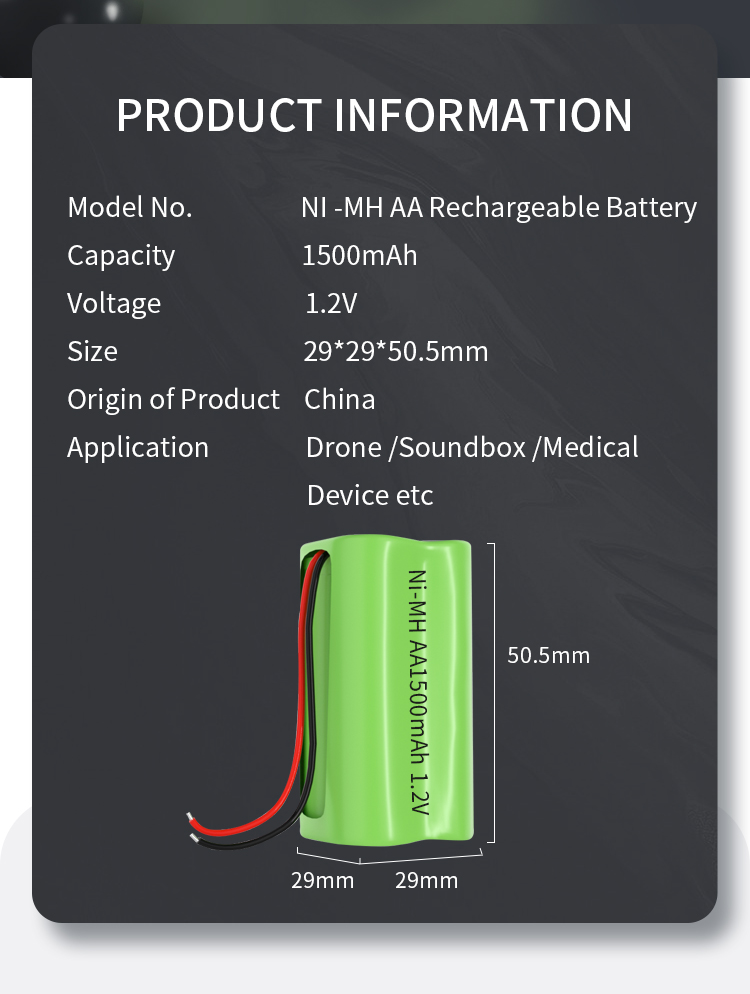
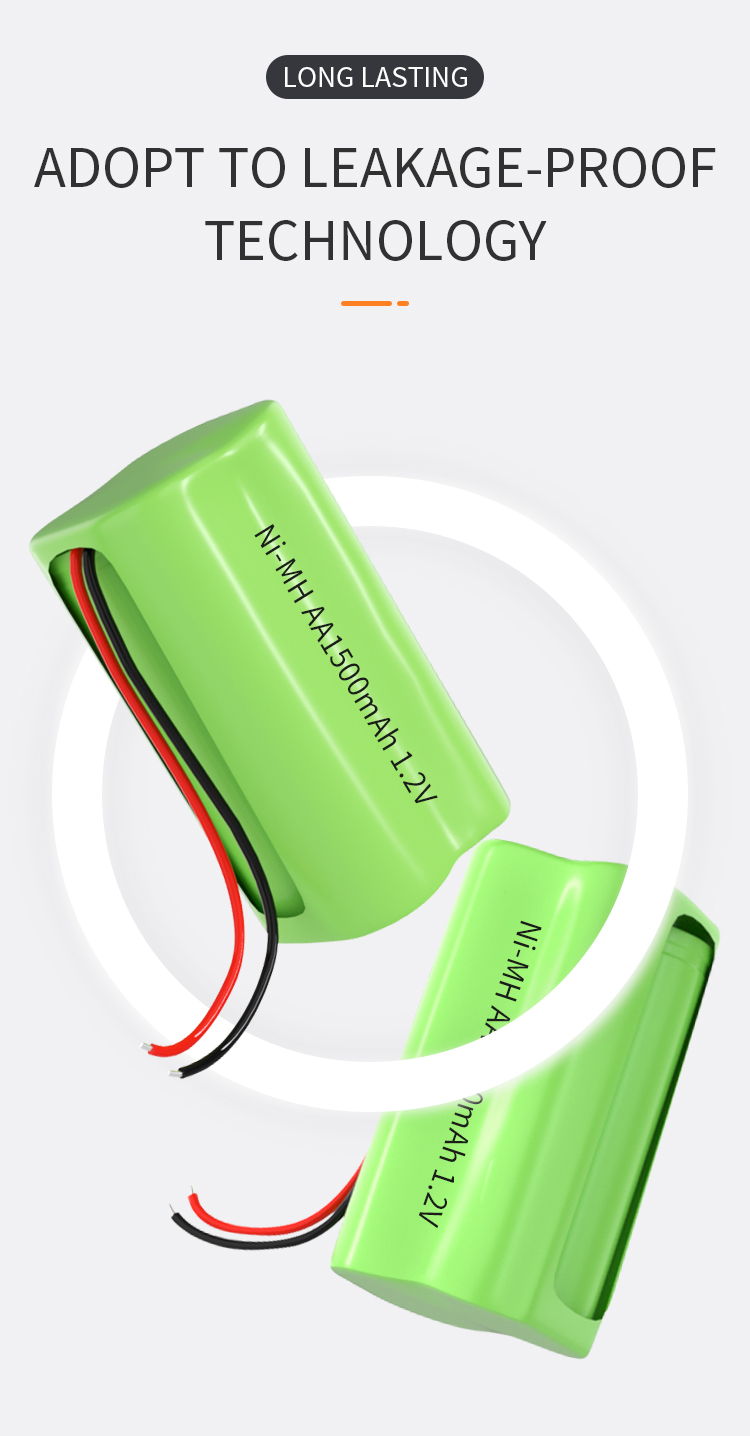
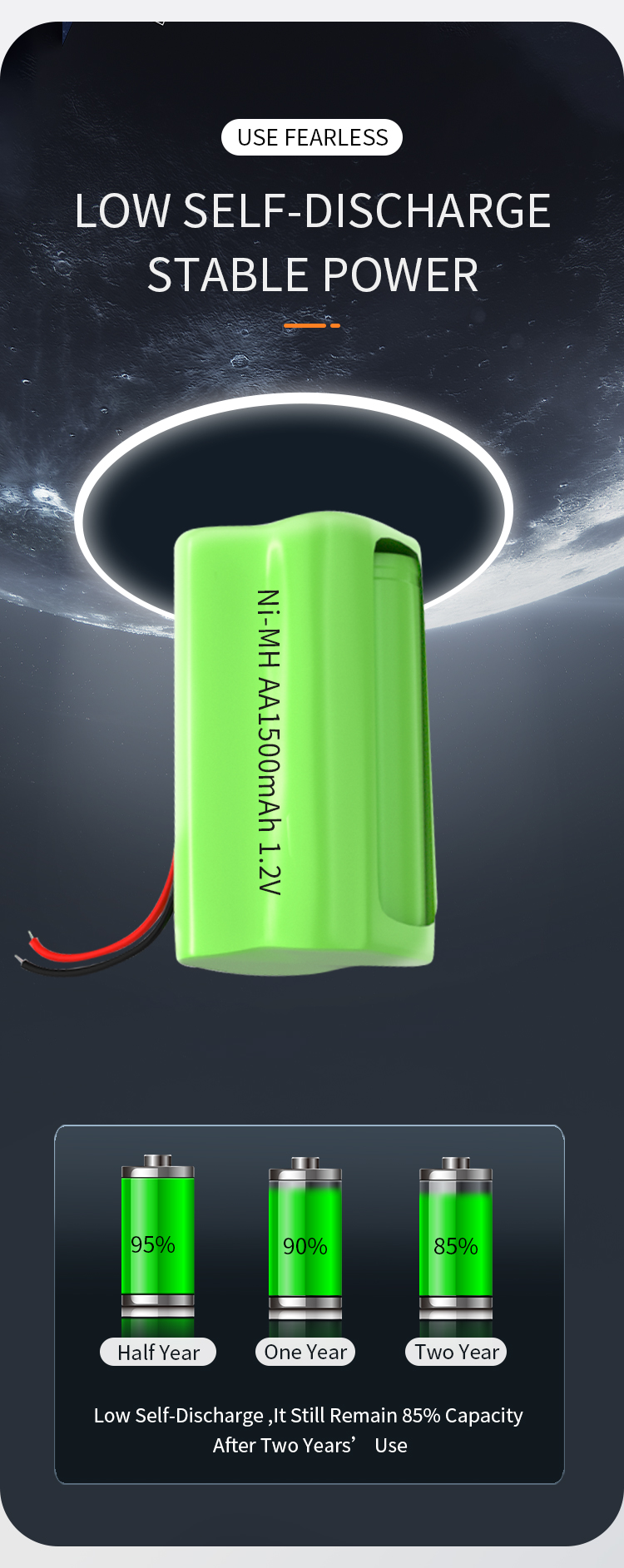

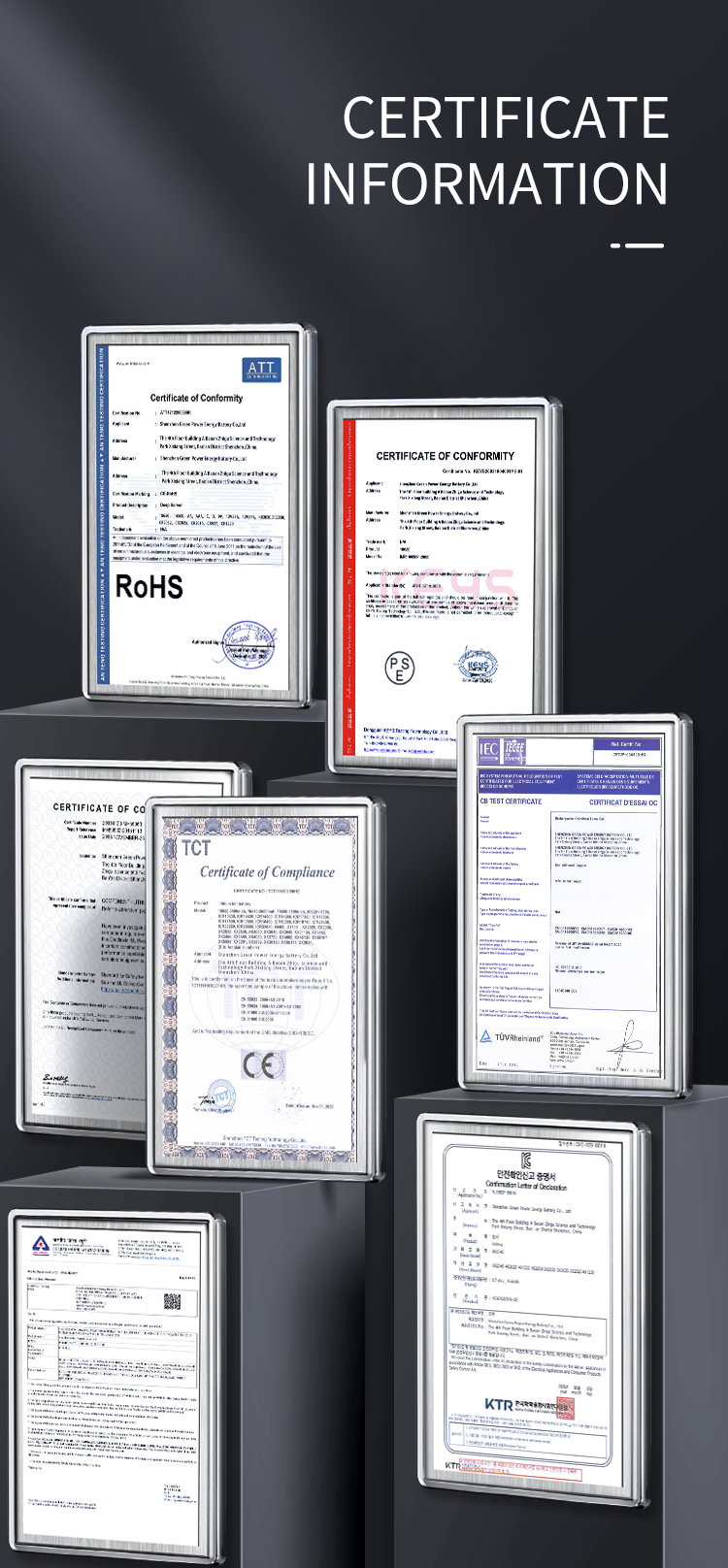
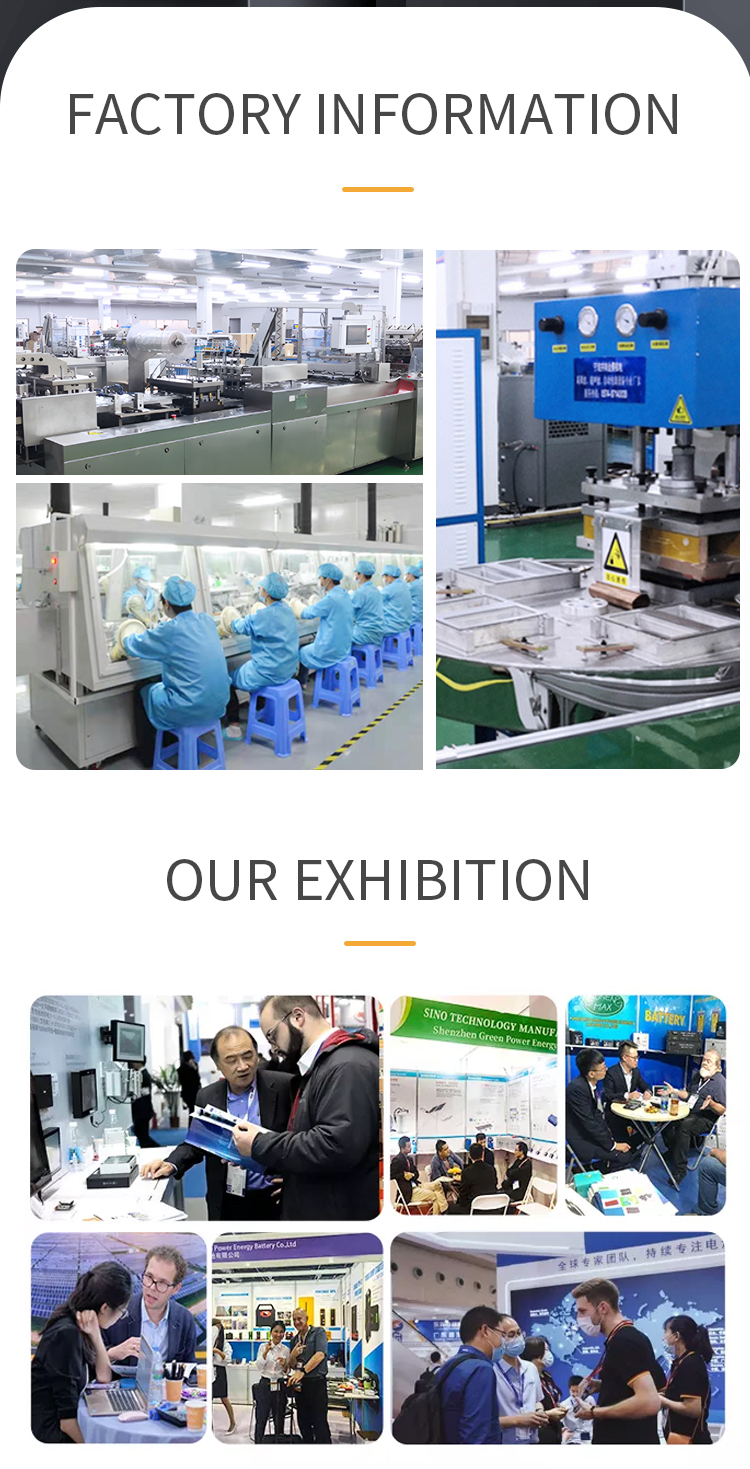
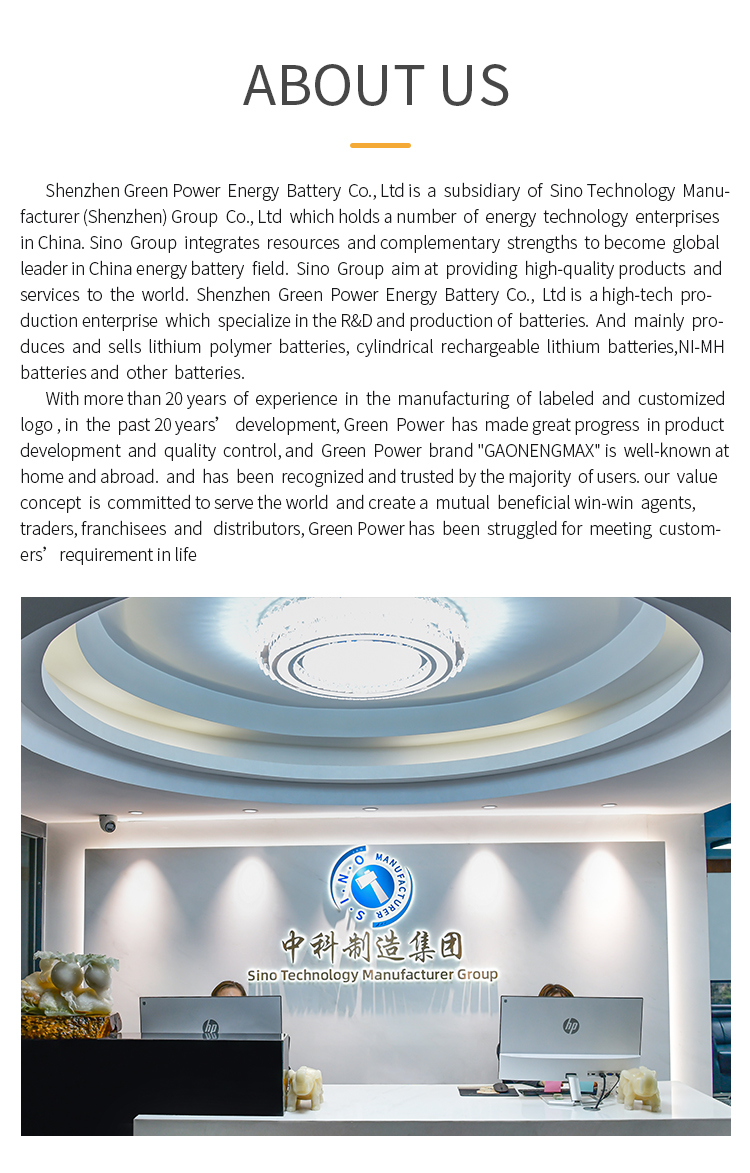































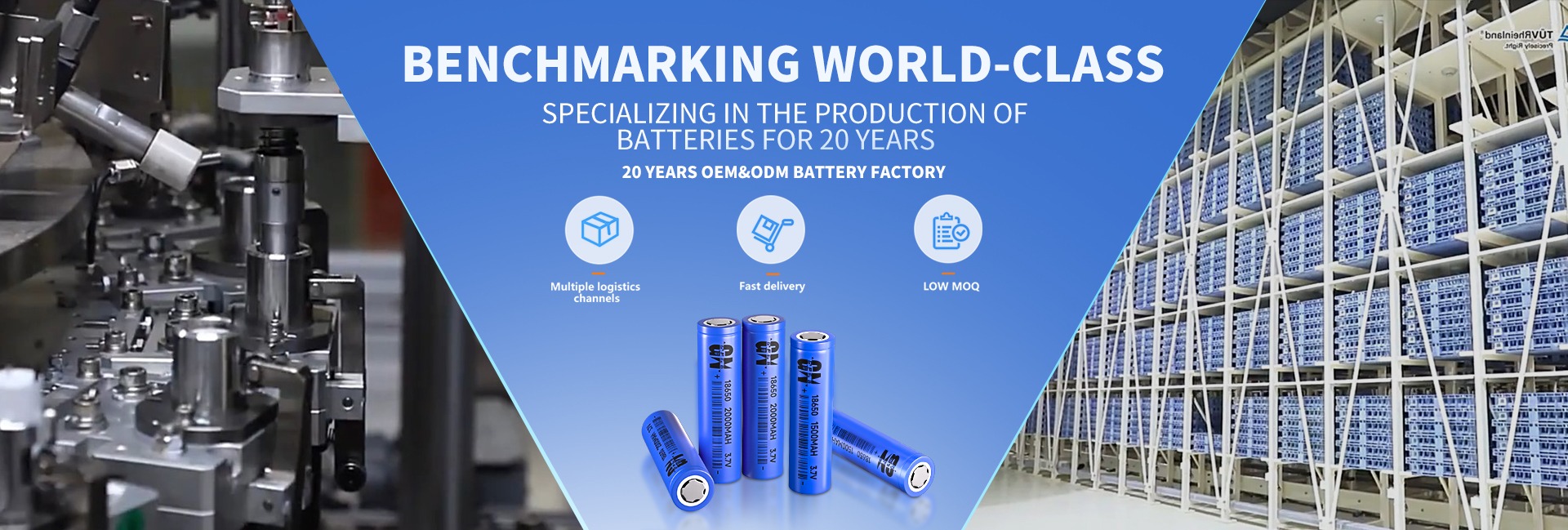
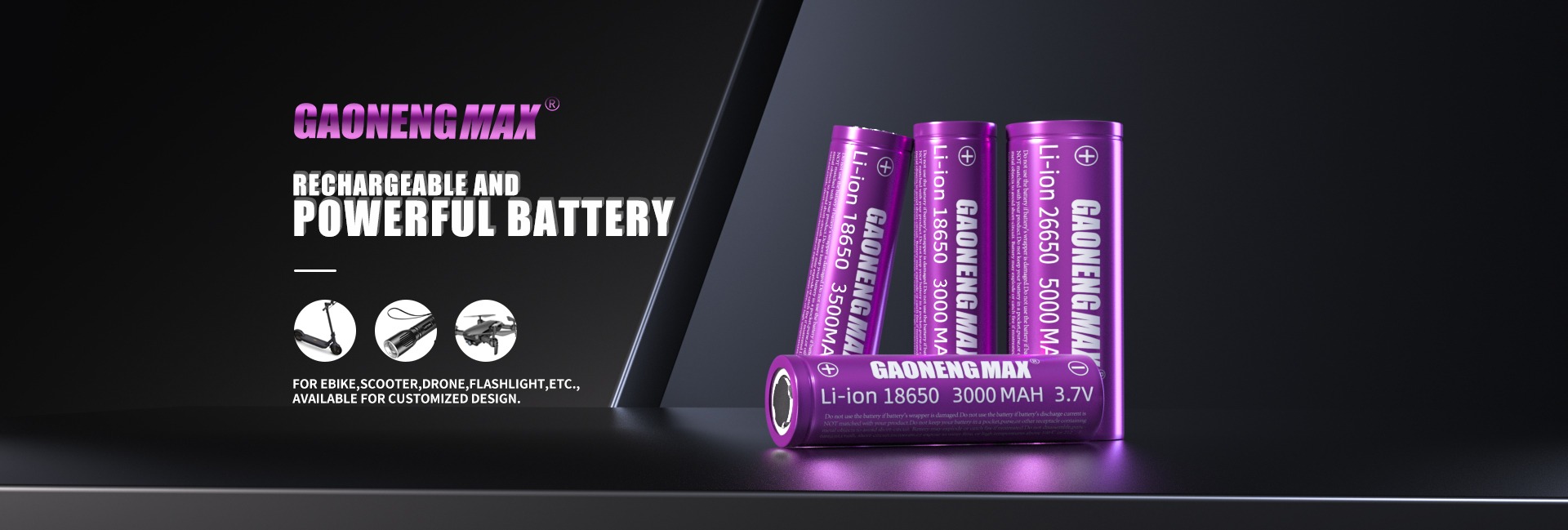
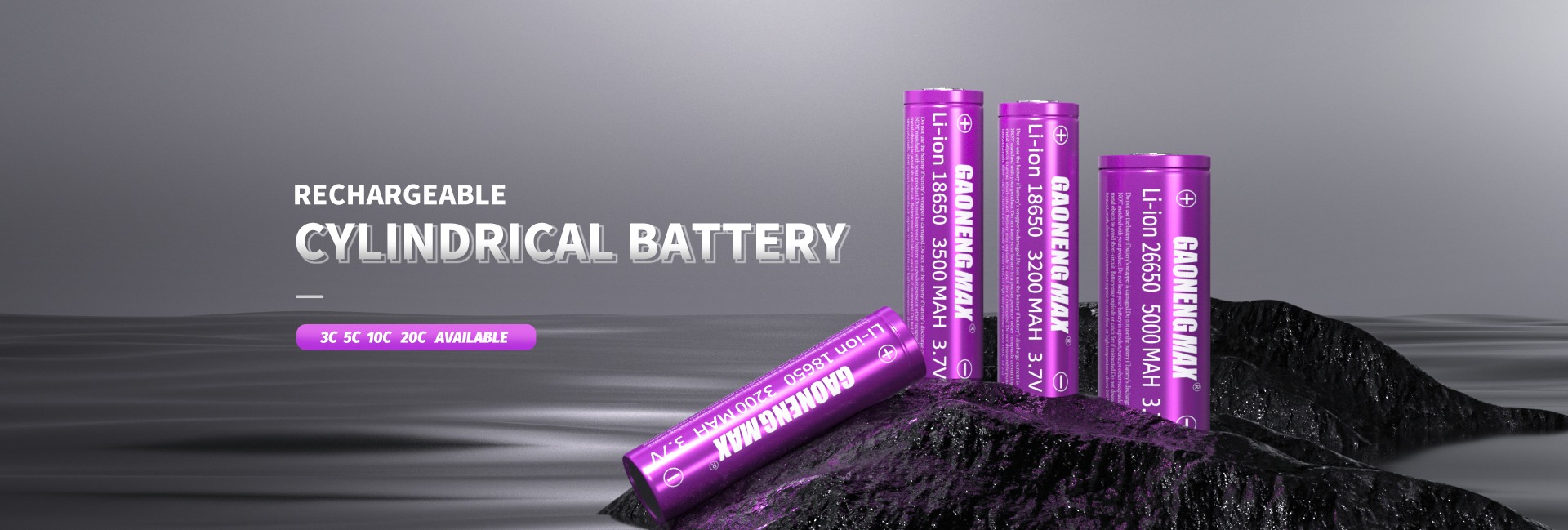
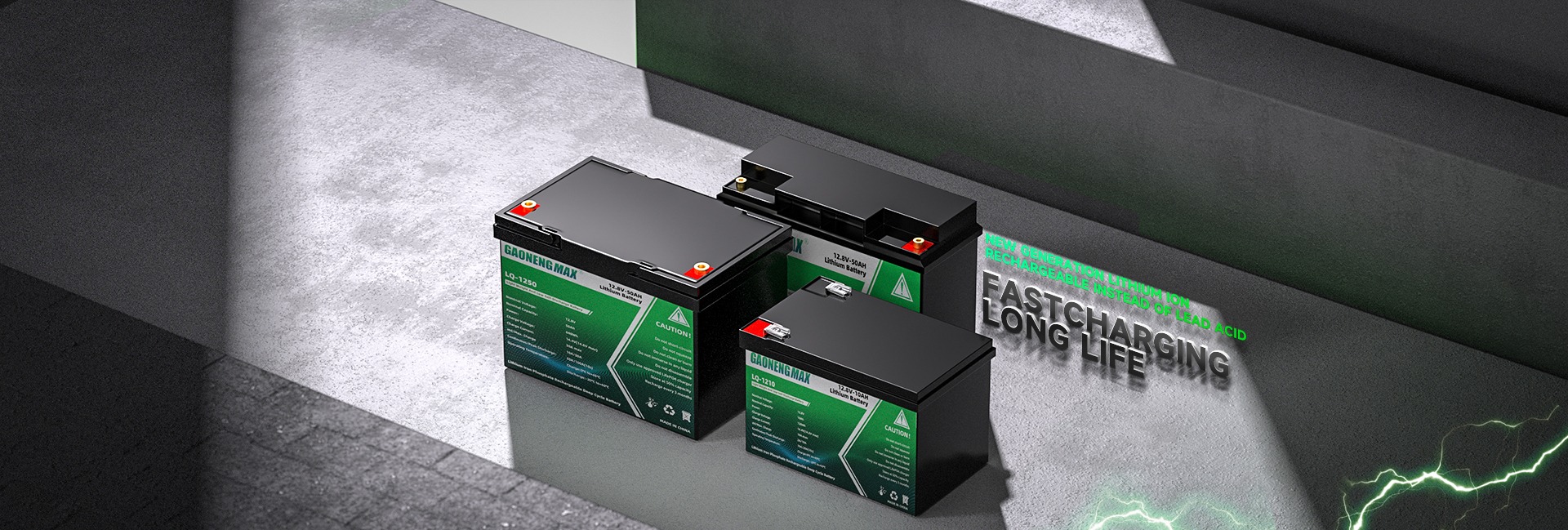


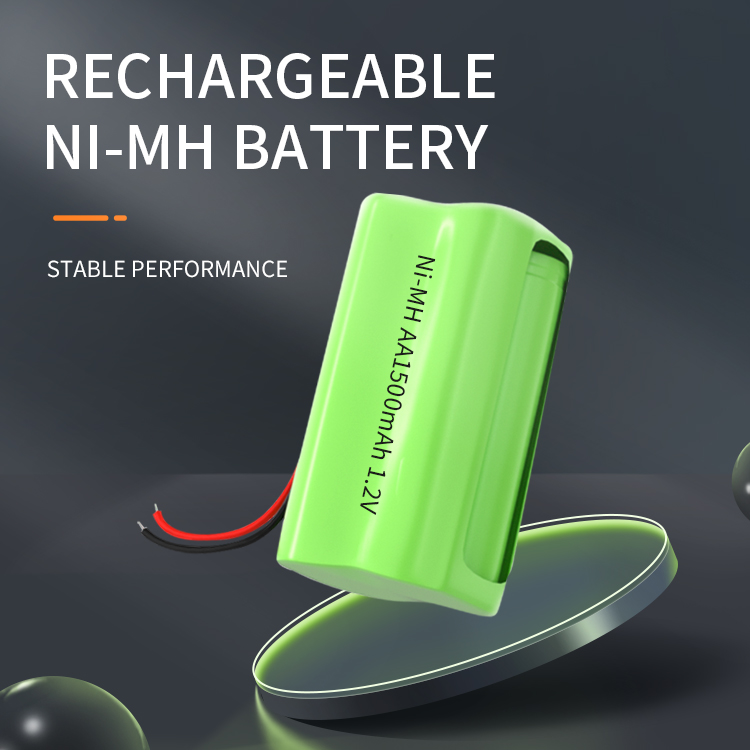
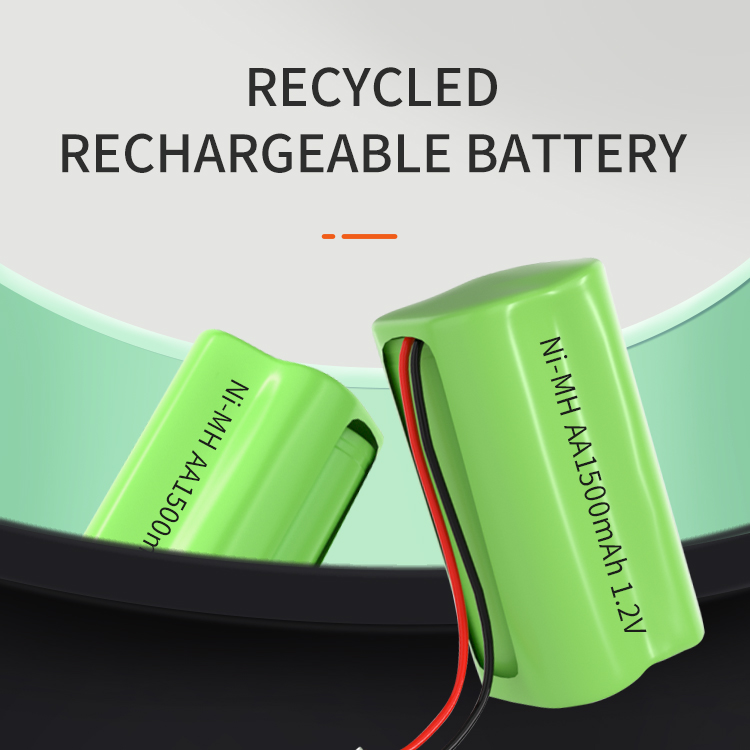
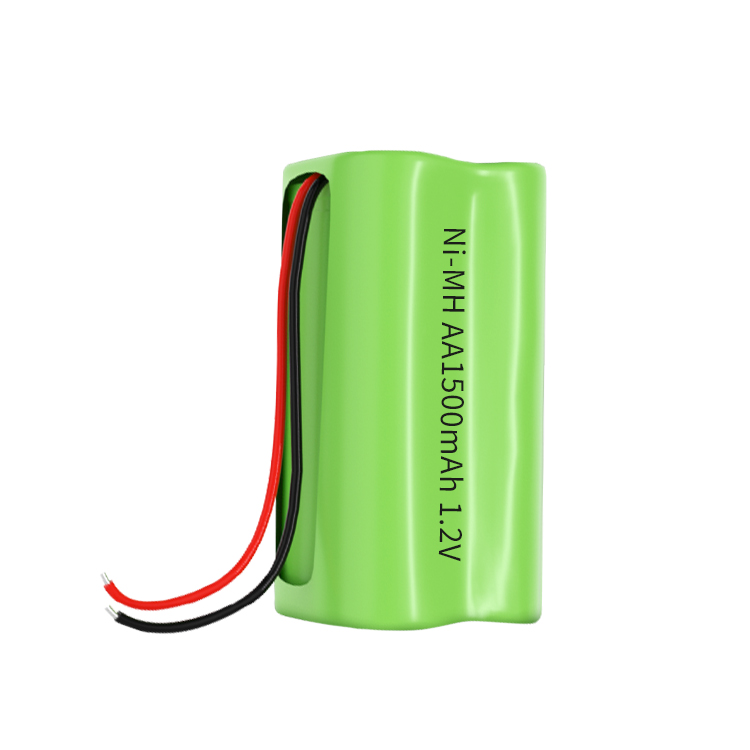
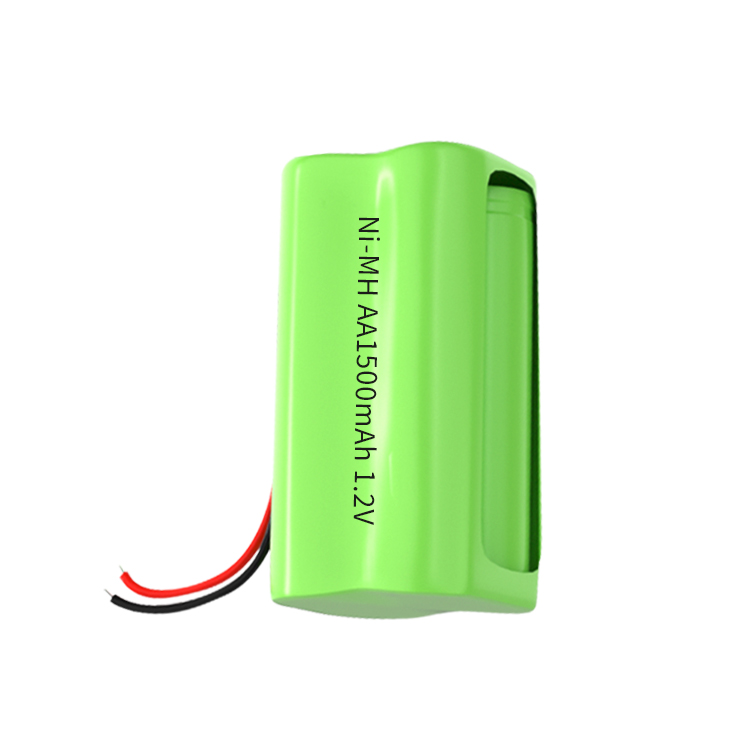
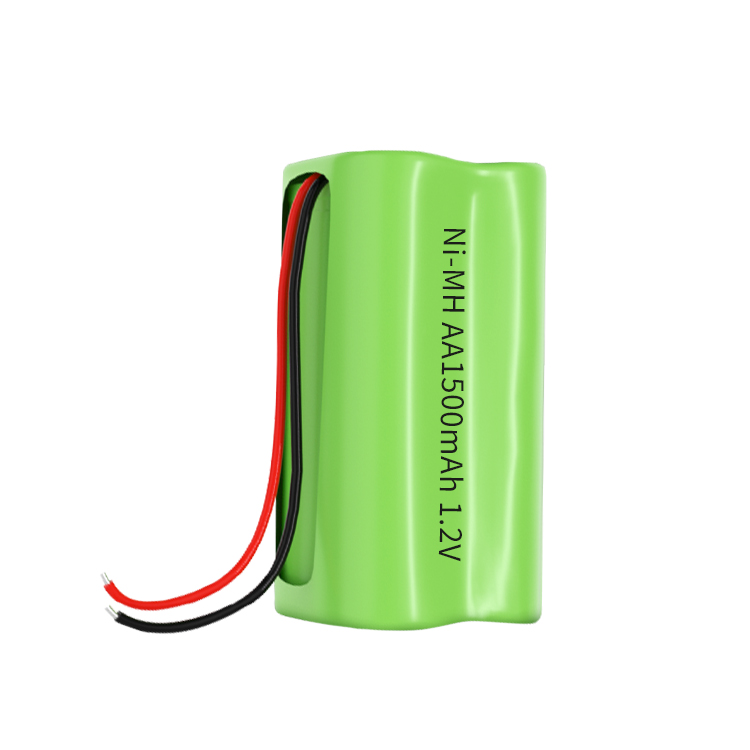










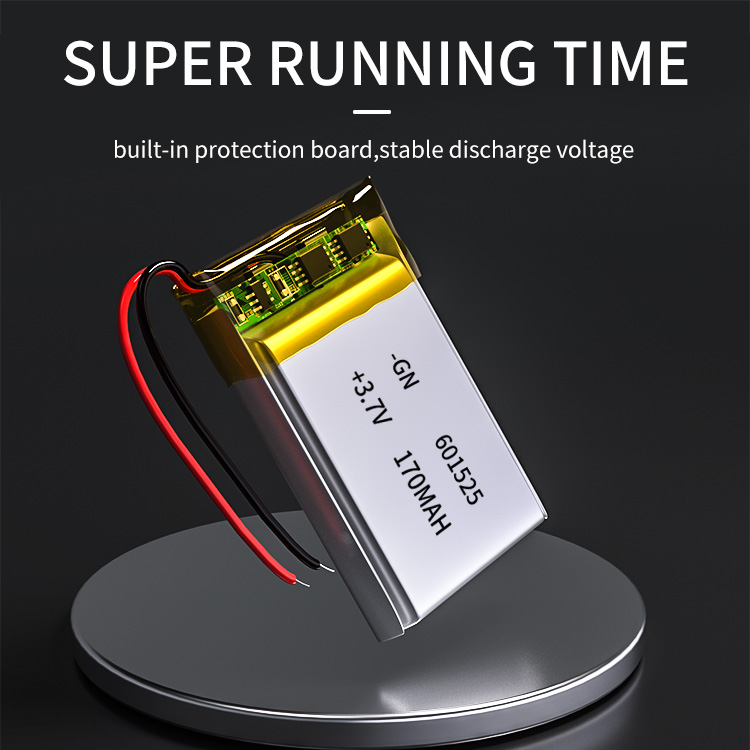


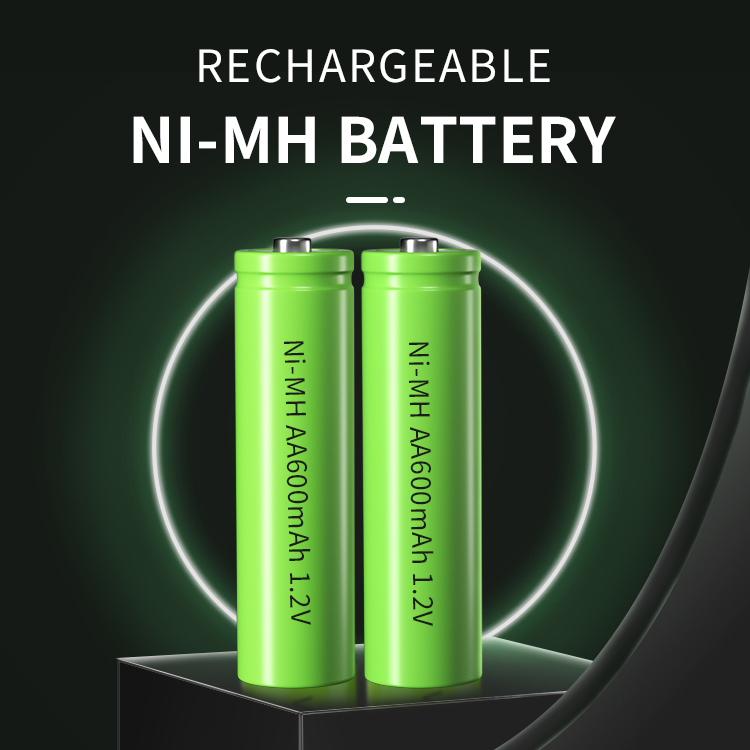



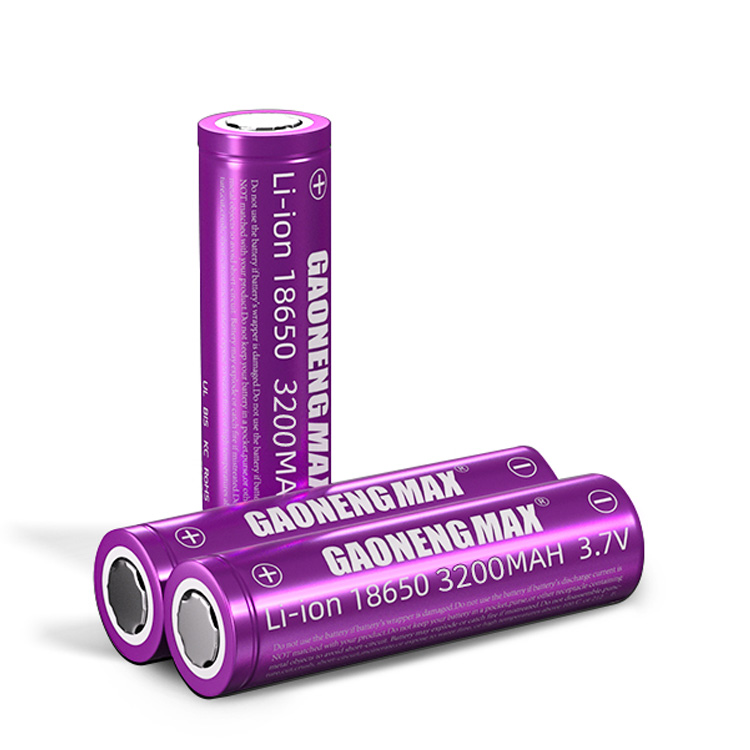


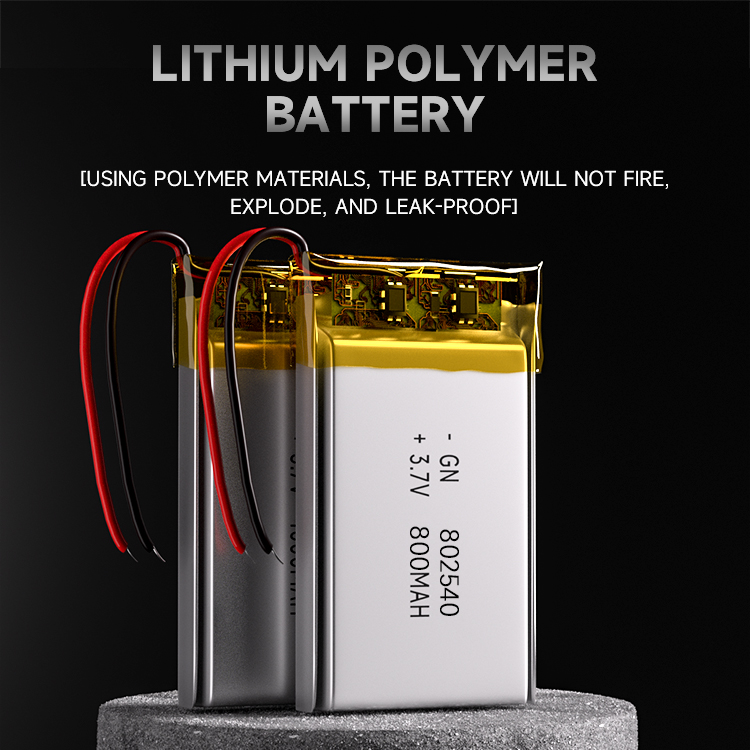
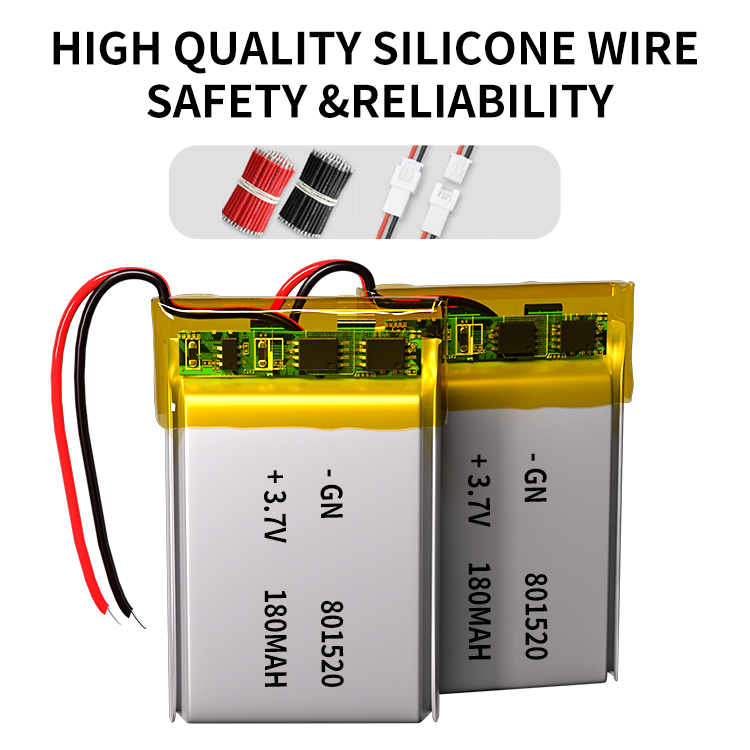
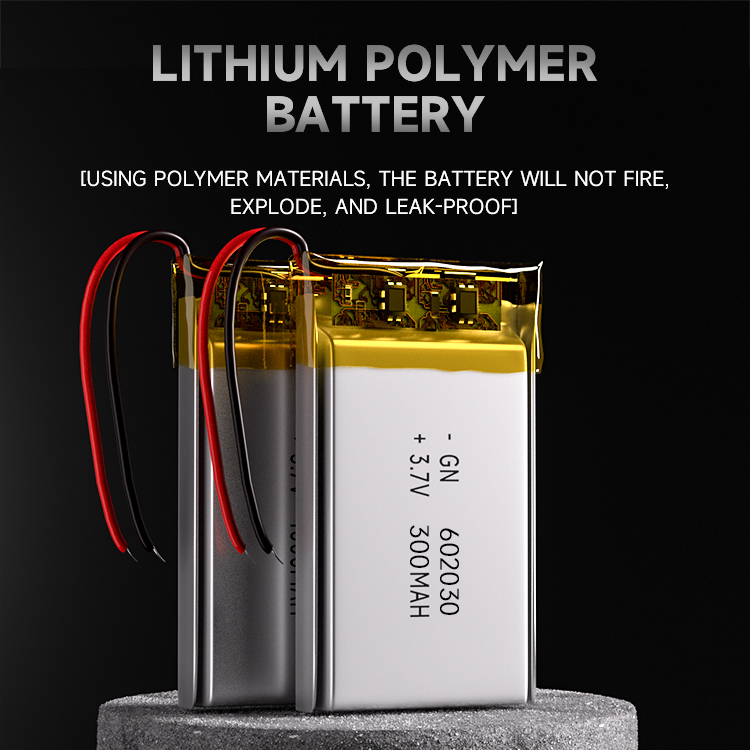

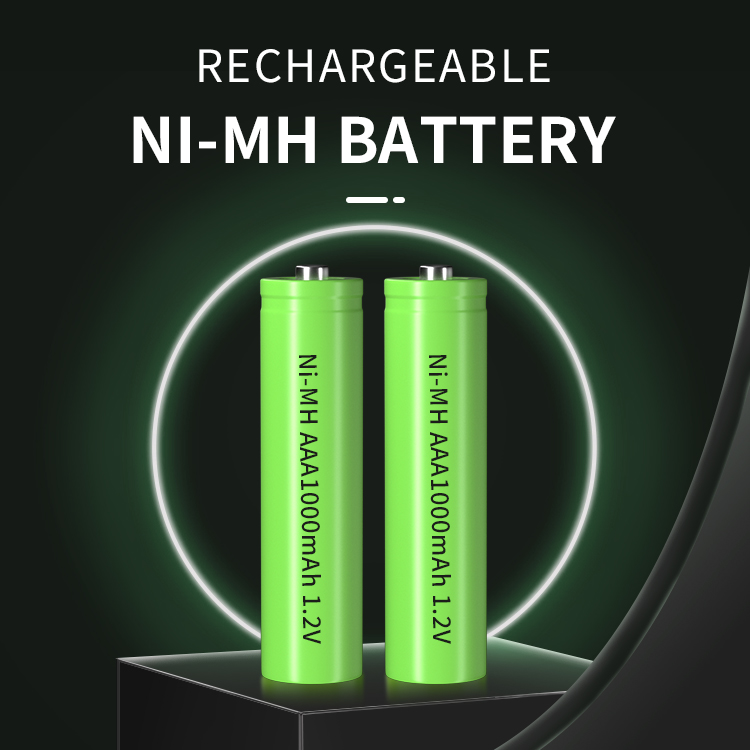

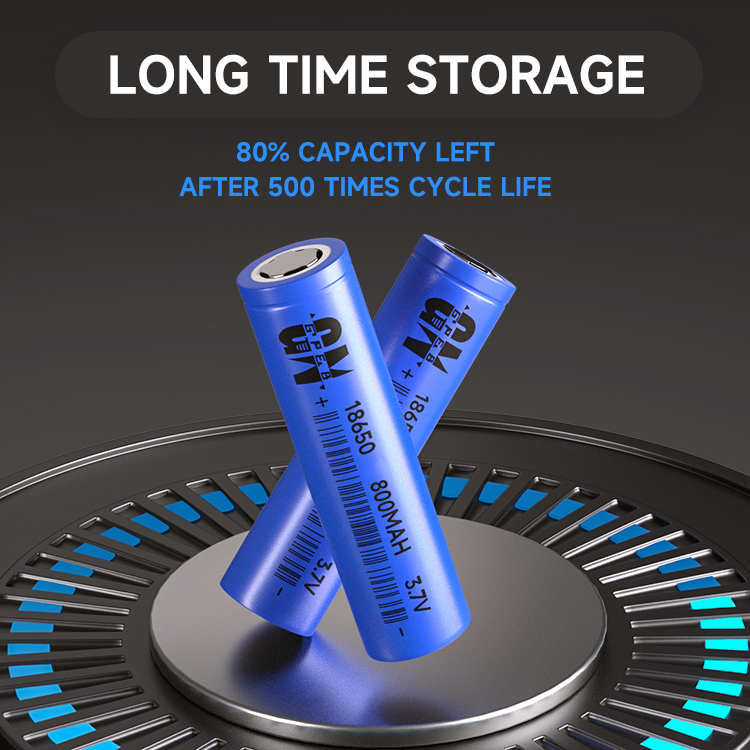














 360° FACTORY VR TOUR
360° FACTORY VR TOUR
 Whatsapp
Whatsapp
 Tel
Tel Email
Email TOP
TOP